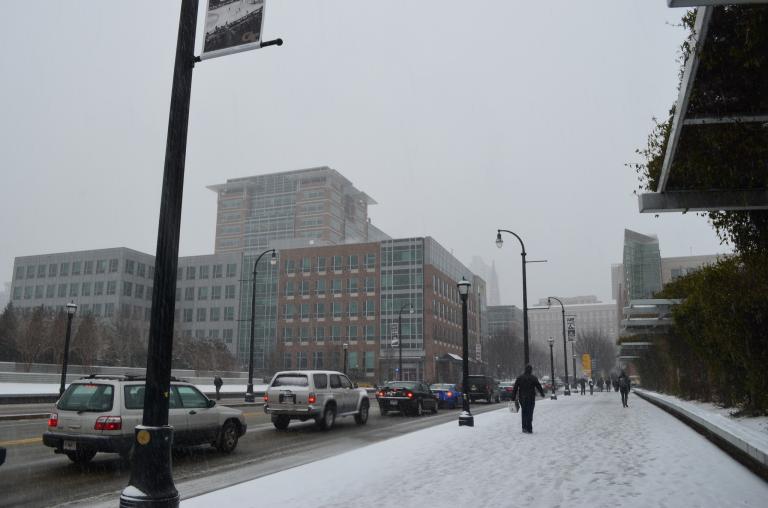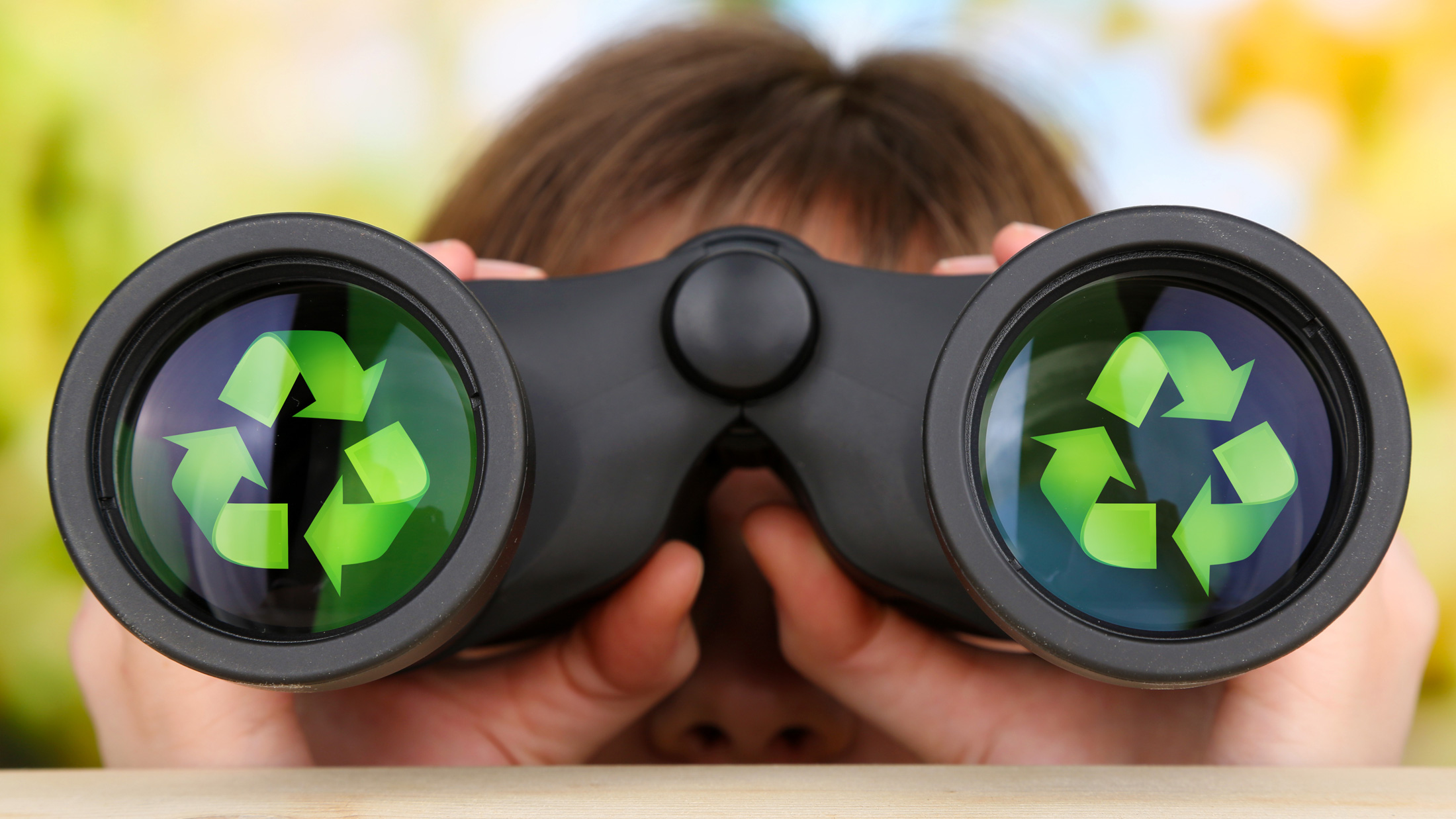Send your question to Umbra!
Q. How do I know whether the items I place in my recycling bin are actually recycled (short of attaching a spy camera to a glass bottle or following the collection truck like an investigative journalist)? I try to reduce my consumption so that this question burns less intensely, but I have yet to reach a packaging-free state of being. When it takes so much water to clean the plastic and glass, I wonder if the effort and water are worth it.
Lori H.
Urbana, Ill.
A. Dearest Lori,
Spy camera? Glass bottle? Before I say anything else, I must say this: Please make this movie. I heart innovative documentaries about our municipal waste systems.
But as cool as this project would be, it’s unnecessary for your peace of mind. I can understand how modern single-stream (or commingled) recycling programs — in which all items go into the bin together — might seem dubious. I just toss all the paper and glass and plastic together, and it somehow all ends up separated and recycled? Really? Yes, really, for one major reason: Recyclables have value. And where there’s a dollar to be made, we can be confident people will do their best to make it.
For most of us, the recycling process ends when we haul our bins of cardboard and soda bottles to the curb. But for those bottles and boxes, the journey has just begun: After your waste management company collects the goods, they go to a materials recovery facility (MRF) for sorting. A combination of machines and/or people separate your items by type, then like items are compressed into bales. Voila — your old cans and newspapers have been transformed into commodities to be sold to brokers, processors, and manufacturers. Some recyclables come back as new bottles or cans, while others find new life as carpets, clothing, tiles, or lumber.
If you’d like the particulars on what happens to the contents of your bin, Lori, check out this page on the city of Urbana’s website. To further ease your mind, I spoke with Urbana’s recycling coordinator, Courtney Rushforth. “[Our contractors] are in it for the business of getting these valuable commodities that can be made into new products,” she says. “Markets shift up and down, but these items have real value.”
That said, there are a few circumstances in which dutifully recycled goods might end up trashed. In order for those recyclables to have value, someone has to want to buy them. For many U.S. waste managers, that someone is China. If there’s low or no demand for a particular material, sometimes waste managers cop to stockpiling or even throwing away recyclables.
The other obstacle in the way of maximum recyclability is contamination, or what you get when people toss wet, cheesy, tomato sauce-y, or otherwise dirty containers into the bin. Having too much organic material (or non-recyclable material) in the mix renders some items unusable because they won’t meet the buyers’ standards for cleanliness. That’s why it’s so important for us to rinse out all containers before recycling them (a step that shouldn’t require much water at all).
Incidentally, there’s big news on this front right now: Because of China’s “Green Fence” policy, the country stopped accepting certain types of goods from foreign importers last year — namely, dirty and unsorted items — and it has upset recycling markets here.
But generally, “if a local recycler says something is recyclable, it’s going to get recycled,” says Stephen London of the National Recycling Coalition. “It’s a matter of whether they want to list that item on its acceptable materials list.”
And from your city’s perspective, having a bogus “recycling” truck pick up your bin and then toss its contents when no one is looking would be crazy. After all, the city has to cover the cost of pickup fees, transportation, salaries for employees, and sorting technology. And in addition to missing out on the resale value of the end product, it would probably have to pay a fee to dump the trash in a landfill.
I hope you’re convinced that your local recyclers can be trusted. But in case you want to see it for yourself, there’s no need to put on a black ski mask and tail the recycling truck (though that would be a wonderful addition to your documentary). Rushworth suggests contacting your hauler and asking for a tour; many companies are happy to open up their doors to the public. Happy sleuthing!
Balefully,
Umbra




